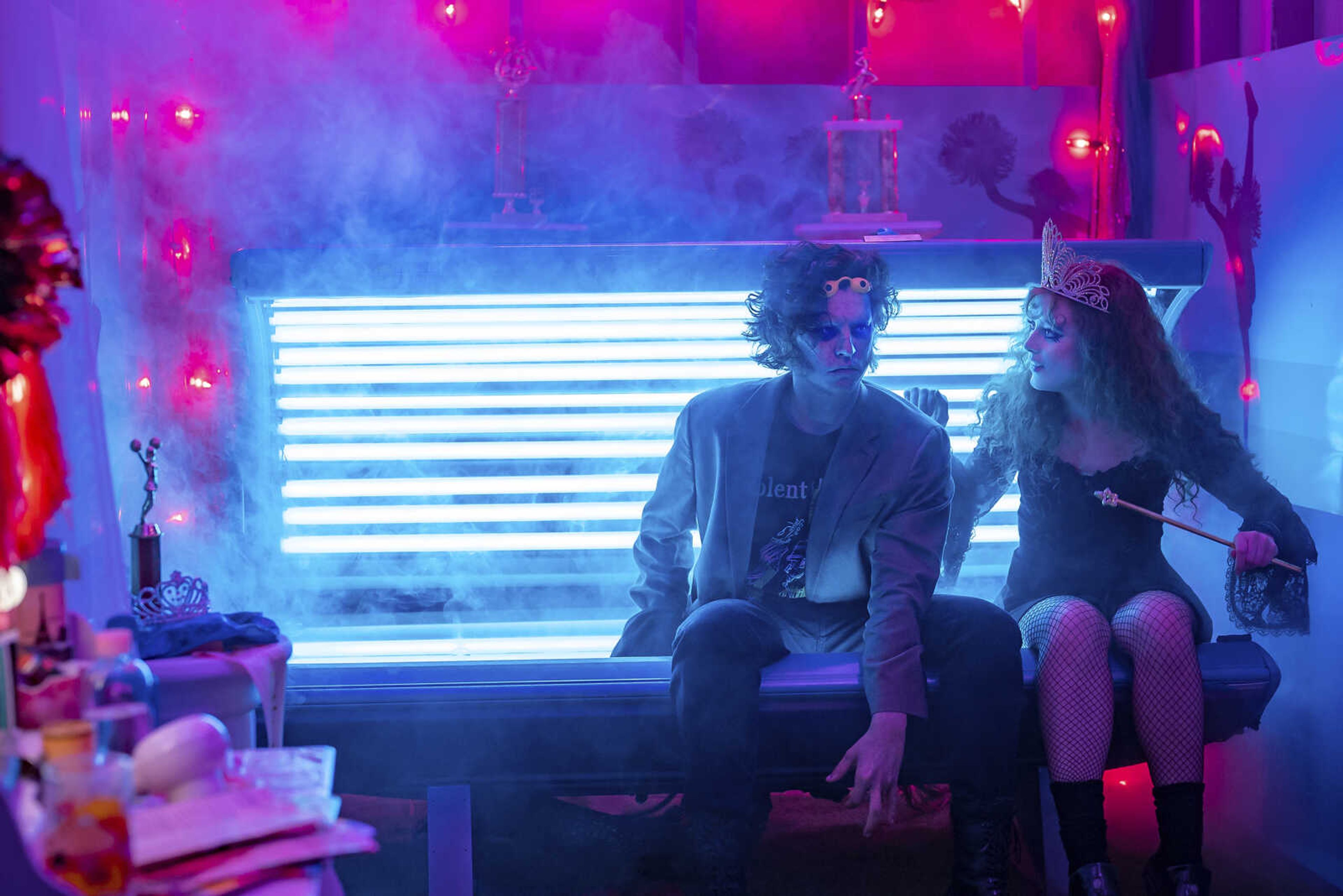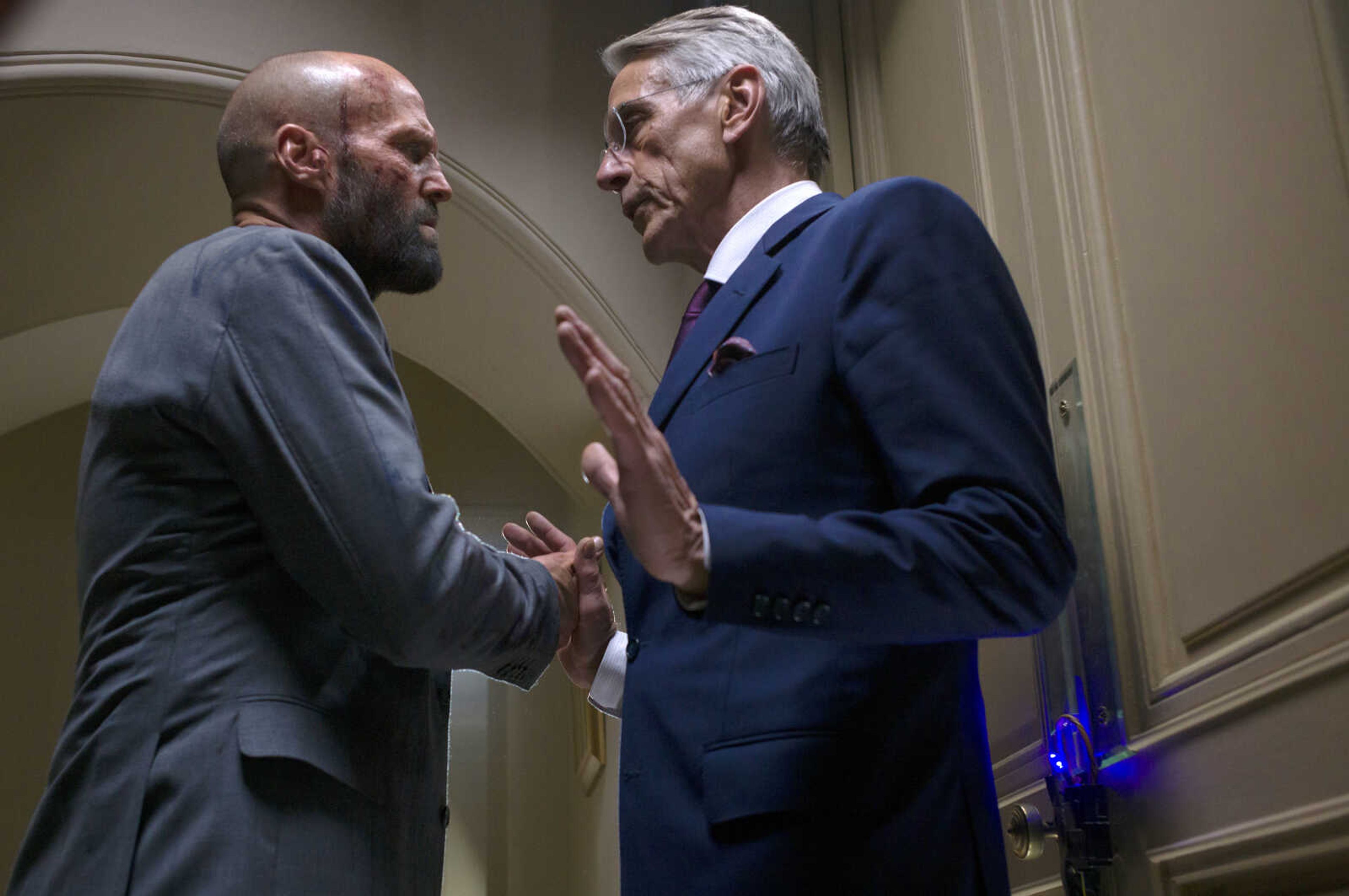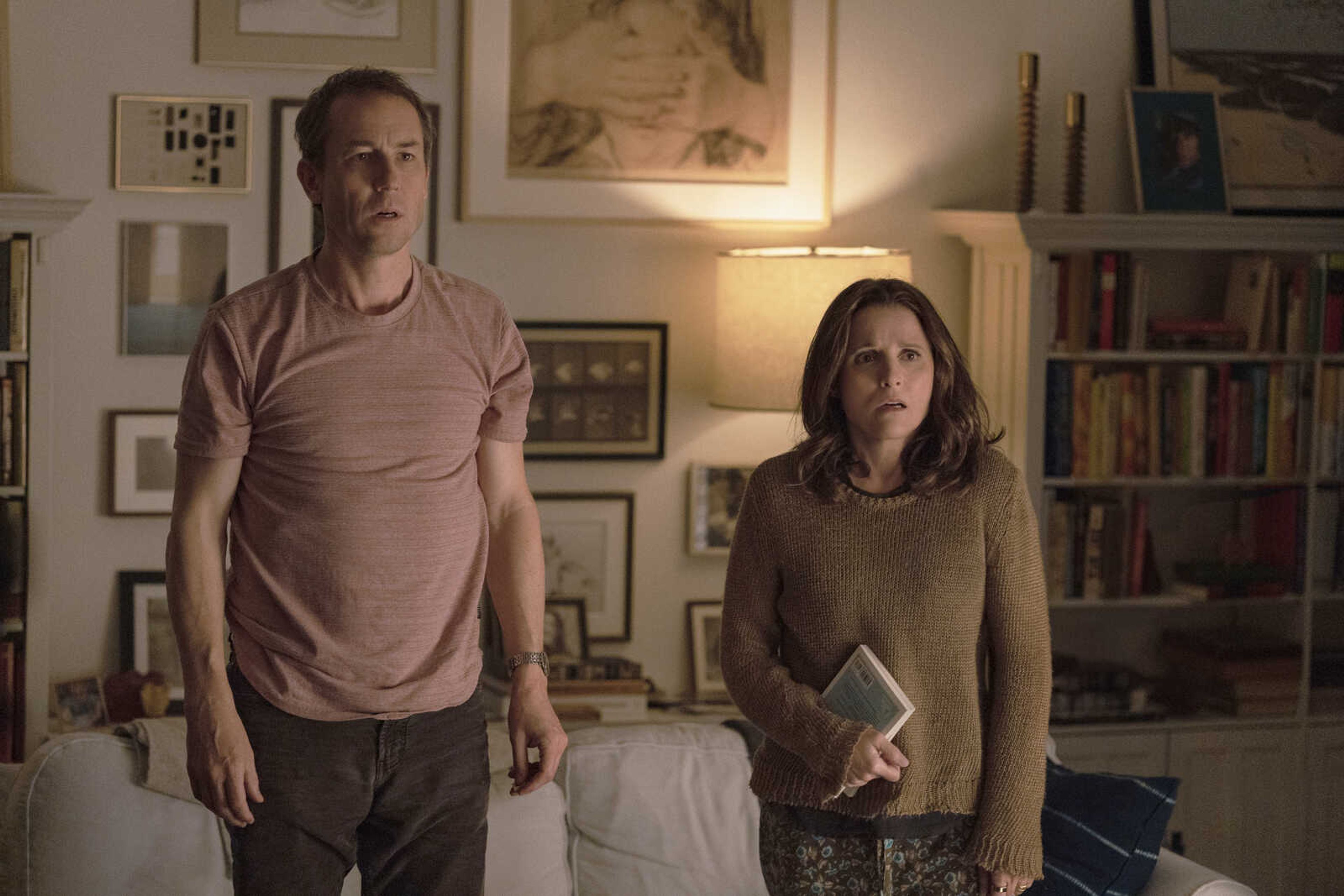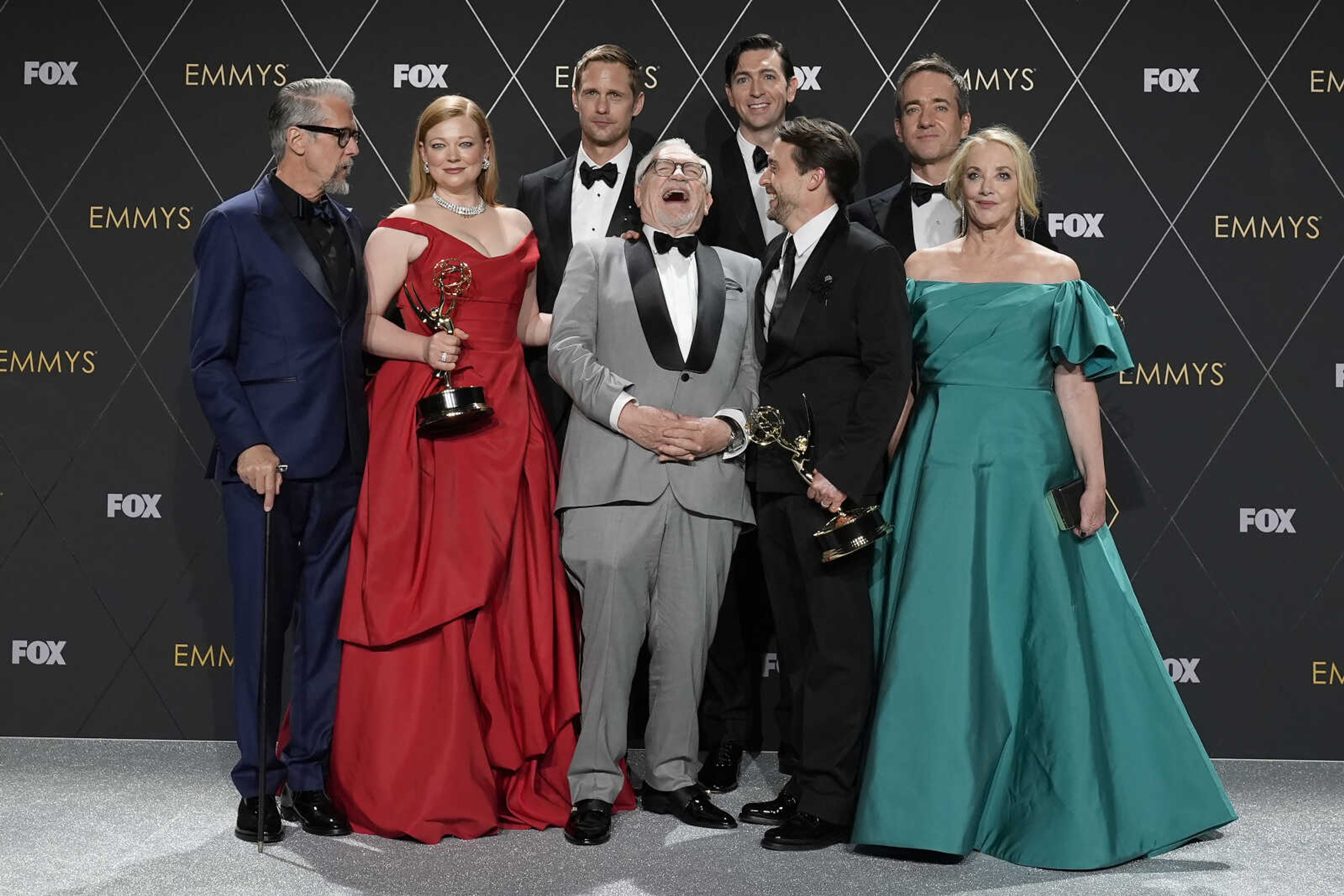'Audrey Ushenko - Allegories and Myths'
Audrey Ushenko has a 4-year-old's memory of Albert Einstein, whose Theory of Relativity her father and Einstein's Princeton colleague, the philosopher Andrew Paul Ushenko, attempted to interpret metaphysically. In his 1953 book "Dynamics of Art," he wrote about his belief in a "meaning field" which transcends any individual consciousness...
Audrey Ushenko has a 4-year-old's memory of Albert Einstein, whose Theory of Relativity her father and Einstein's Princeton colleague, the philosopher Andrew Paul Ushenko, attempted to interpret metaphysically. In his 1953 book "Dynamics of Art," he wrote about his belief in a "meaning field" which transcends any individual consciousness.
As a painter, professor and art historian, Ushenko has spent much of her own life wrestling with theories and attempting to synthesize the old and new.
Twenty of her paintings will be on display when "Audrey Ushenko: Allegories and Myths," opens today at the University Museum. A reception for the artist will be held from 4-6 p.m. today. She will give a gallery talk at 5 p.m.
The museum is open from 9 a.m.-4 p.m. weekdays and from noon-4 p.m. weekends. The show continues through Nov. 18.
As a young painter during the modernist heyday of Abstract Expressionism, Ushenko was drawn instead to figurative imagery and even realism. "I was probably hostile to the modernist assumptions from the very beginning," she said in a phone interview from an airport. "It was a generational reaction thing."
She recalls being appalled by a show titled "Pink and Gold" at the Museum of Contemporary Art in Chicago. "Stepping inside was like stepping inside a refrigerator," she said.
She was afraid she would never be successful as an artist "because I was just not getting it." But she eventually came to realize that many of her fellow students were as "at sea" about modernism as she was.
In her paintings since the early 1970s, Ushenko instead has viewed contemporary life through the traditional prisms of mythology and allegory. The myth illustrated in her painting "Bacchus and Ariadne IX," for instance, places nine modern revelers in a scene that quotes Titian's "Bacchus and Ariadne." The myth about the maturation required of a husband still resonates in 2001.
"She believes in the continuing viability of classical myths to deal with contemporary issues," says Dr. Stanley Grand, the museum's director.
Ushenko is an associate professor of art at Indiana University-Purdue University, Fort Wayne. She concedes she has lived a sheltered life, growing up in an academic environment she likens to a zoo -- one in which the animals were expected to excel.
"We were surrounded by people we knew were very important in some way," she said. "... It was a weird kind of snobbism. If you were a rich doctor or lawyer, you were common folk. But if you were a mathematician or scholar or artist, it was like a social distinction."
She was 11 when her father died while taking her to the Boston conservatory where she was to be groomed as a classical musician. Two years later she realized she had neither the talent nor the love of music to become a first-class one so she switched to art.
A number of Ushenko's paintings contain images of herself. She likes complicated spaces and sometimes composes on different planes, Grand says.
During her visit at Southeast, she plans to set up an easel in the gallery and work. The idea of including the museum's plaster classical sculptures in a painting intrigues her.
From the vantage point of 2001, her struggle with modernism can look like an academic exercise. "It's amazing how all that just crumbled like the Bolshevik empire," she says.
Though modernism still attracts money in the art world, a world of gallery openings she often portrays in her paintings, she compares it to "a dying sea monster. It is the Chernobyl of the art world."
Theories aside, Ushenko believes in the power of art.
"A work of art is a way of penetrating directly into somebody's consciousness," she says. "It is the most perfect form of communication there is, within limits,"
335-6611, extension 182
Connect with the Southeast Missourian Newsroom:
For corrections to this story or other insights for the editor, click here. To submit a letter to the editor, click here. To learn about the Southeast Missourian’s AI Policy, click here.









